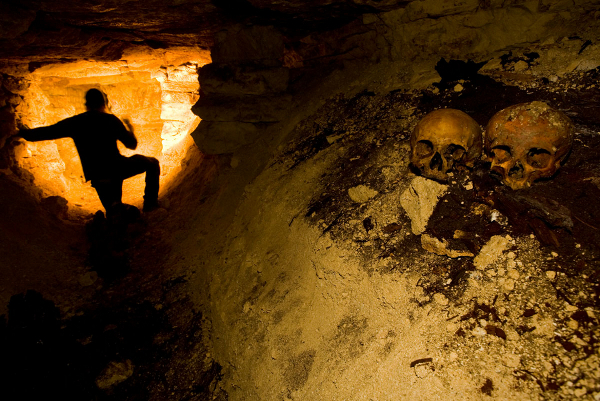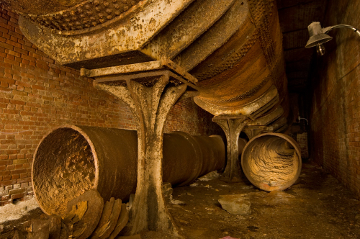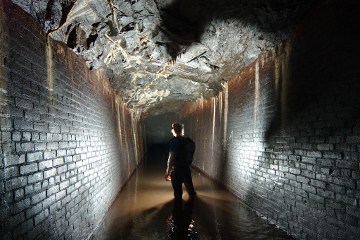
All photos courtesy of Steve Duncan. All rights reserved.
[Editor’s note: Make sure to check out Photo Essay: Exploring Sewers, Utility Tunnels, and Catacombs Around the World, published yesterday at Trips.]
Steve Duncan has been an urban explorer for over a decade, first venturing underground as a student at Columbia University in New York City. Since then, he has entered underground worlds across the United States and Europe, including the limestone quarries under Odessa in the Ukraine and caves used to store beer by breweries in St. Paul, Minnesota.




